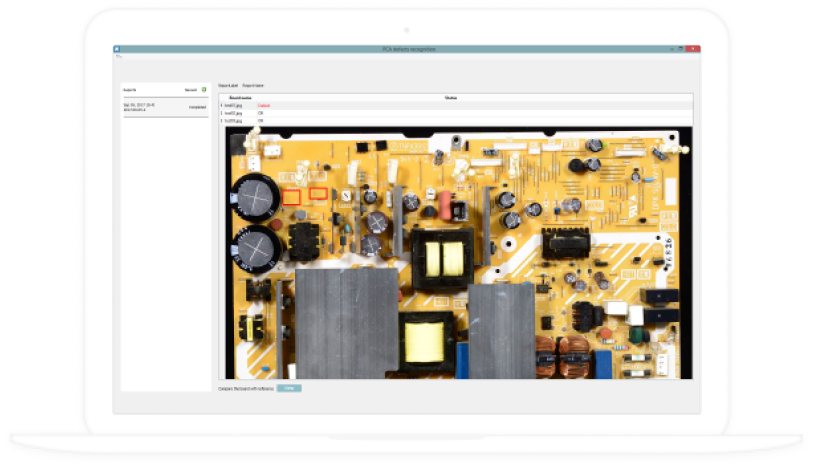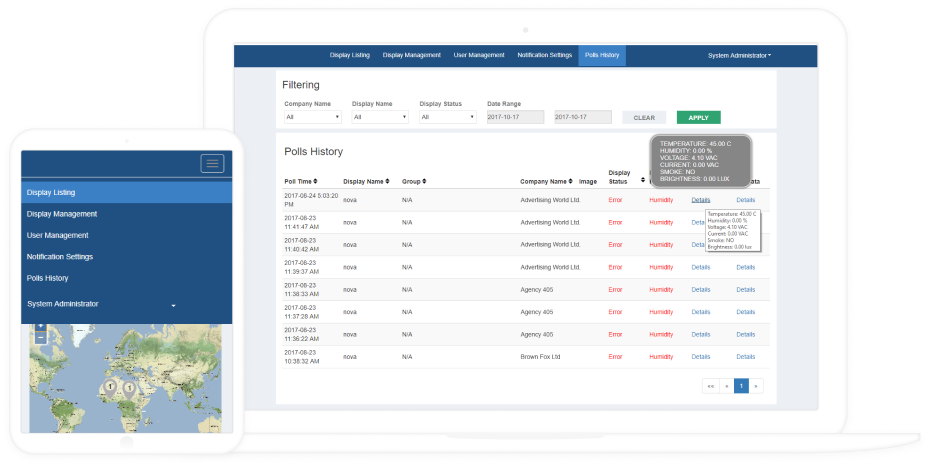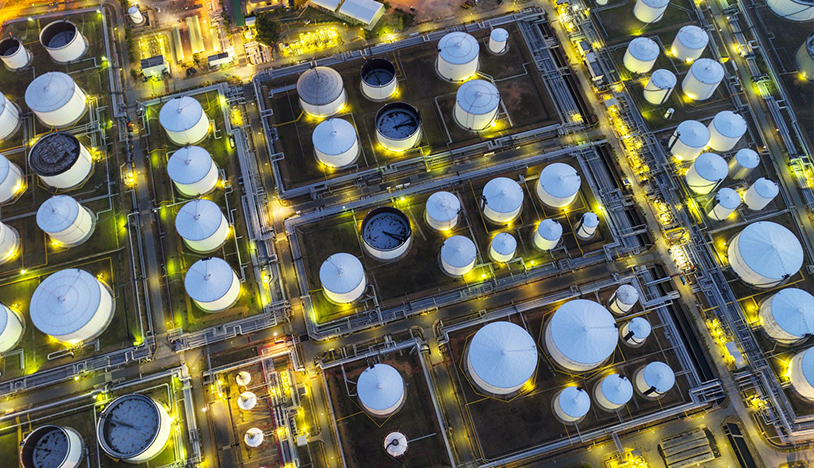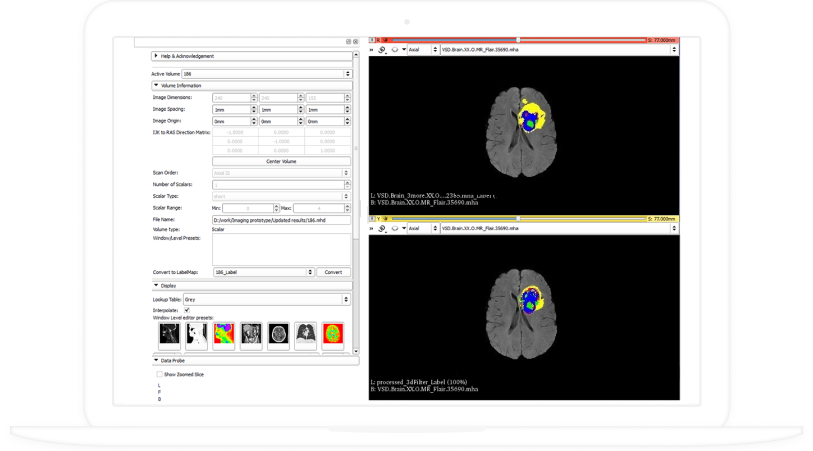26 Oct Image Analysis
Image Analysis Core Tasks
Detect
Distinguish regions of interest for further analysis, individual objects from the background, etc.
Recognize
Label or classify objects in digital images based on one or several object classes: people, vehicles, electronic components, etc.
Identify
Recognize individual features of an object and classify it with more precision: identify individual people, specific vehicles, animal species, device models, etc.
Our Competence and Achievements
Our Domain Experience
HLT Global leverages expertise in 23+ industries to build your digital image analysis project:
16 years in healthcare
18 years in retail
16 years in telecoms
13 years in professional services
16 years in banking
32 in manufacturing
9 years in insurance
14 years in marketing and advertising
6 years in education
Image Analysis Solutions We Offer
Facial recognition
Identification of a specific person’s face to provide exclusive services, identify suspects and trespassers, etc.
Emotion recognition
Assessing the level of a customer’s satisfaction to solve unique business challenges.
Grading and sorting
Object quality analysis for streamlined classifying and sorting.
Quality control (QC)
Checking for surface defects, foreign materials, discoloration, absence of components, etc.
Counting
Using an optical system to count similar objects on the production line or in a warehouse.
Computer-aided diagnosis
Reading X-ray images, CT, PET and MRI scans, ultrasound scans (including 3D and 4D), isotope scans, etc. Enhancing clinical images, measuring organ dimensions and blood flow, detecting pathological signs and suggesting a diagnosis.
Damage assessment
Identifying damage issues in complex electronic devices, vehicles, etc.
3D reconstruction
Producing 3D models from 2D data (e.g., medical scans).
Optical character recognition
Reading texts and number sequences (printed and handwritten).
Event detection
Identifying behavior anomalies and alarms in surveillance videos, counting people traversing a passage.
Organizing visual information
Indexing visual databases.
HLT Gloabl’s Approaches to Build Image Analysis Software
Rule-based approach
For a small amount of visual data of low variability
- Excellent performance within a narrow domain.
- Doesn’t require big datasets.
- Performance can be easily validated.
- Explicability (every decision step is clearly seen in the code).
- Easy debugging.
Machine learning approach
For large datasets of unstructured data
- Deals better with complex objects and tasks.
- Doesn’t require explicit knowledge.
- Easier scalability.
- Lower operational costs.
Technologies We Apply
- Back end programming languages 1
- Front end programming languages
- Mobile
- Clouds
- Desktop
- Databases / data storages
- Cloud databases, warehouses and storage
- Big data
- DevOps
- Platforms
- Architecture designs and patterns
- Innovative technologies
- Retiring languages
Front end programming languages
Click on the technology to learn about our capabilities in it.
LANGUAGES
JAVASCRIPT FRAMEWORKS
Cloud databases, warehouses and storage
Click on the technology to learn about our capabilities in it.
AWS
AZURE
GOOGLE CLOUD PLATFORM
- Traditional 3-layer architecture
- Microservices-based architecture
- Cloud-native architecture
- PWA
- Reactive architecture
- Service-oriented architecture (SOA)
- Various approaches to enterprise application integration
Image Analysis Software Consulting and Development Workflow
1
Image analysis solution design
Defining how certain business problems should be solved with IA technology. Converting high-level business needs to software features, eliciting the requirements to image quality and recognition accuracy.
2
Business case creation
Outlining IA solution alternatives, providing business case calculations – ROI and TCO.
3
Software architecture (re)design
Developing the architecture while considering all the nuances that might affect image analysis system’s performance; enhancement and optimization of the existing IA software architecture.
4
Assessment and selection of implementation options
- Third-party computer vision software API integration and customization.
- Developing proprietary ML-driven technology from scratch.
- Leveraging cloud services.
5
IA implementation planning
6
PoC and prototyping
(if required)
7
IA software development and integration
With hardware and third-party apps, IoT devices (sensors, cameras, controllers, etc.).
8
Quality assurance
Manual and automated testing.
9
IA software maintenance and support
Pricing Models for Image Analysis Services
Time & Material
- Good for agile iterative development.
- Applied to consulting services.
Fixed price
- Good for projects with a well-defined and stable scope.
HLT Global’s Dedicated Portfolio
Jump-Start Your Image Analysis Project with HLT Global!
Develop innovative image analysis software
Entrust your IA software project to a reliable provider with 31 years of experience in custom software development.
Upgrade software with image analysis technology
We assess your software and enforce it with the latest digital image processing technologies to address your pressing IA needs.

















